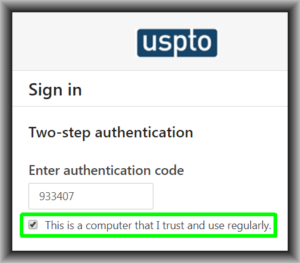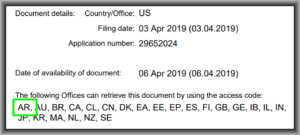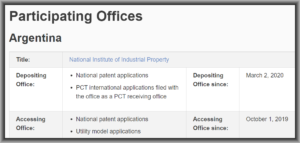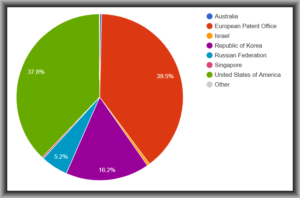
On October 2, 2019, Samoa deposited the Instrument of Accession to the Patent Cooperation Treaty with the International Bureau of WIPO. This means that the PCT will come into force for Samoa on January 2, 2020.
This brings to 153 the number of member States for the PCT.
Samoa already belongs to Madrid Protocol. Samoa has joined the Hague Agreement at the same time as the PCT. So on January 2, 2020 Samoa will achieve the trifecta for international filing mechanisms.
The two-letter code for Samoa is “WS”.






